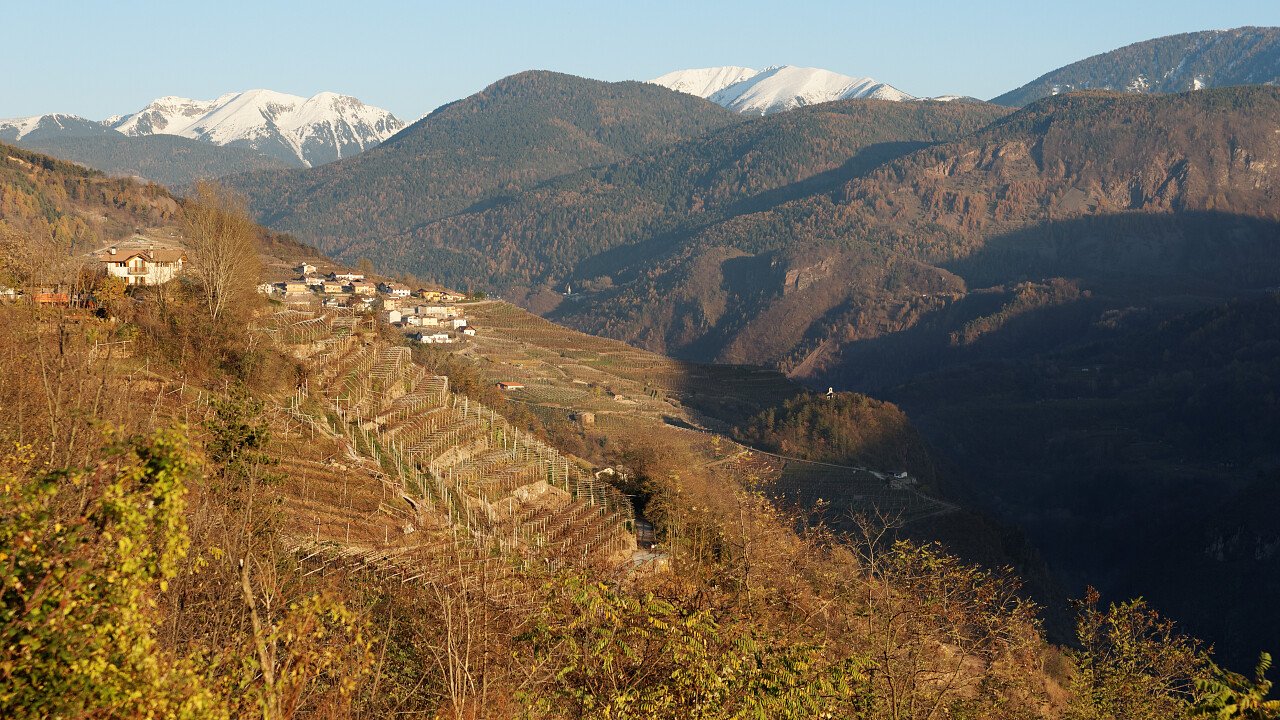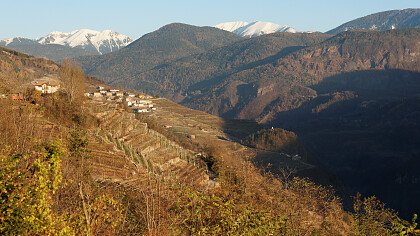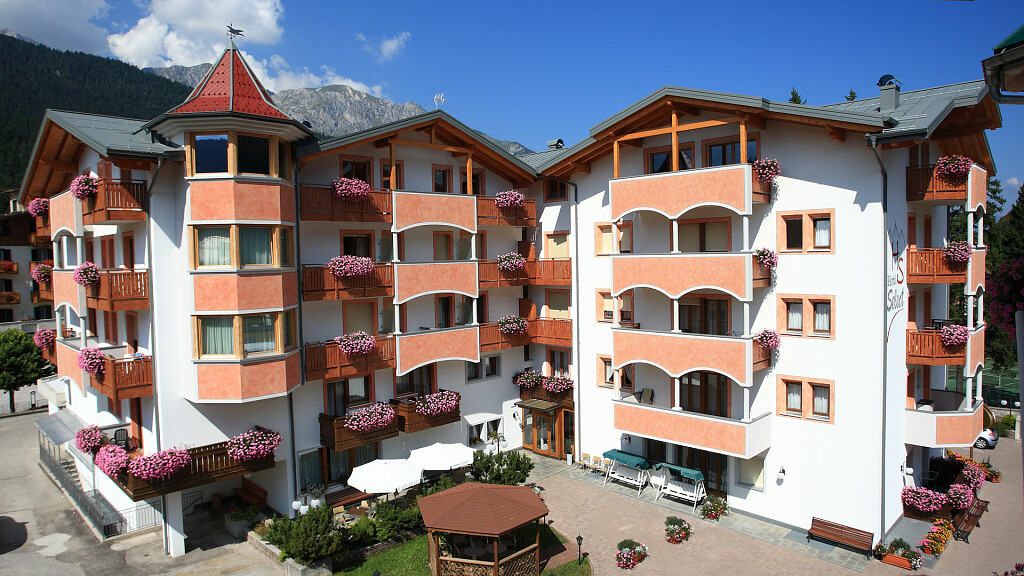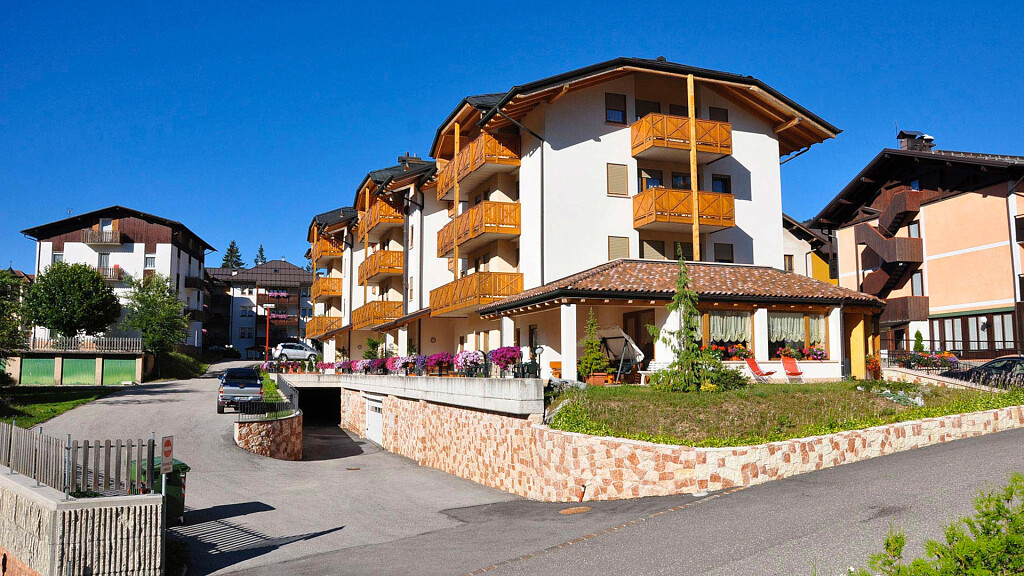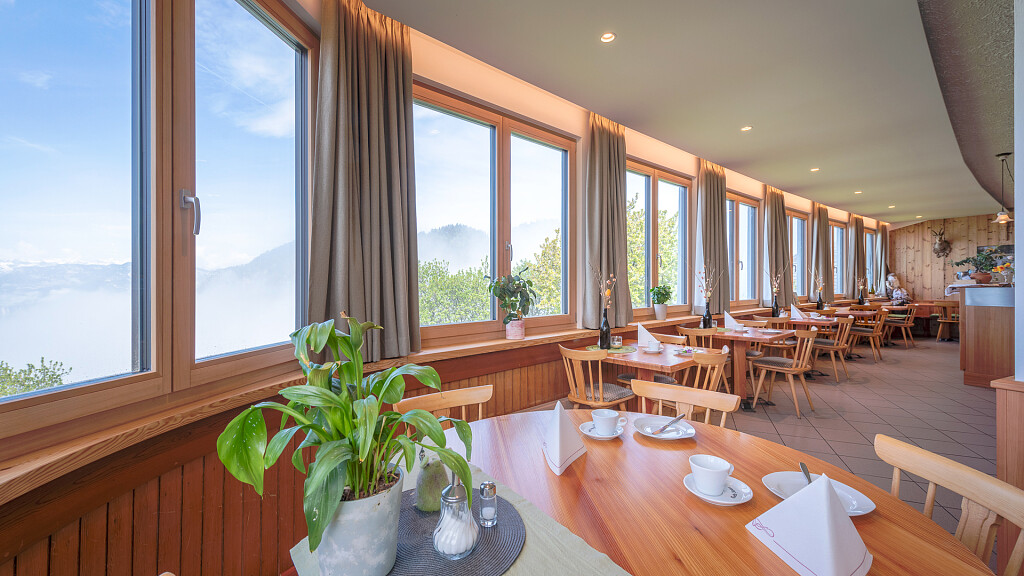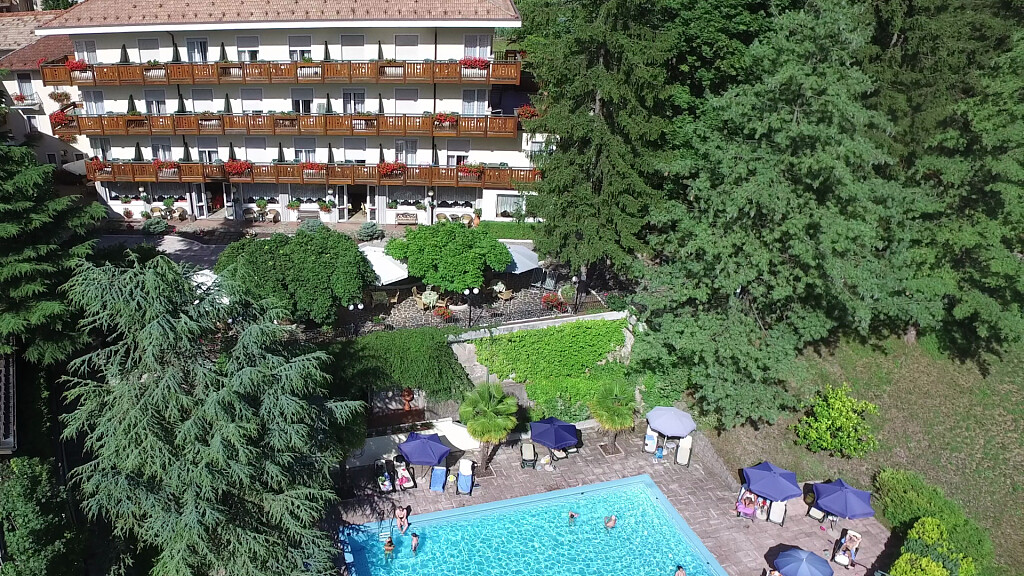Civezzano
Hotel Civezzano
Hunting for silver in Civezzano
Located only 7 km away from Trento, Civezzano offers beautiful trekking tours among the meadows and hills of the Val di Cembra valley, on the lush green Pinè Plateau or on the shores of the Valsugana lakes. Conveniently connected to the near tourist resorts, the town boasts cultural attractions, archaeological sites and a hidden treasures on its overlooking mountain.
The municipality of Civezzano has Roman origins and rises along the ancient Roman Road Claudia Augusta Altinate, once connecting Veneto and South Tyrol to Central Europe. The town grew during the Middle Ages with the building of castles and fortresses, and traces of this thriving period remain in the imposing Telvana Castle, rising on a panoramic viewpoint above the town.
The castle, now hosting the town hall, was recently renovated and bears the same name of a castle in Borgo Valsugana, but the nature of the connection between the two is still unclear. Inside its walls you can admire a sundial dating back to 1720 and the famous grottesche, decorations representing imaginary creatures and monsters.
On the road taking from the castle to Civezzano lies the ancient parish church of Our Lady of the Assumption, with a colorful rose window, works of art by Bassano and artistic silverware. Not far from the town, on the road taking to Trento, rises an Austro-Hungarian fortress, now turned into an appreciated wine shop and cellar.
Besides its architectural wonders, Civezzano features many other tourist attractions, like the Argentario Eco Museum, created thanks to the joint effort of the municipalities of Trento, Albiano and Fornace. The project comprises the area of Monte Calisio, a mount overlooking the town. The plateau bearing the same name and located north of the peak hosts a natural treasure in its two biotopes, in the S. Colomba lake and in the mineral fields.
Walking along the 3 km long trail called Sentiero delle canope you can admire the lake and the mining: vertical pits or cadini and horizontal pits or canope, term originated by the name given by the people of Trento to the German miners, Knappen. Once the silver extracted from this mineral field was used to mint the coins of the mint of Trento, active until 1170, and the 16 century Canopi Tower rising in the town center was built to host the guards who controlled the miners.

